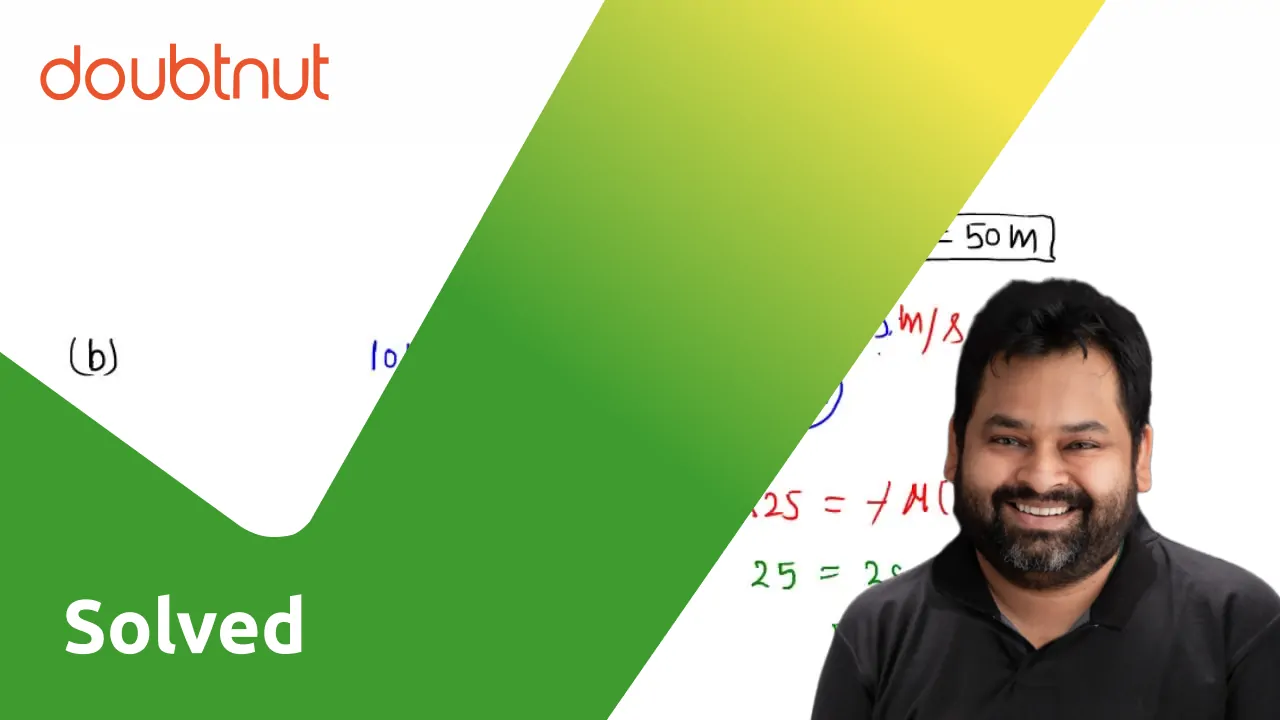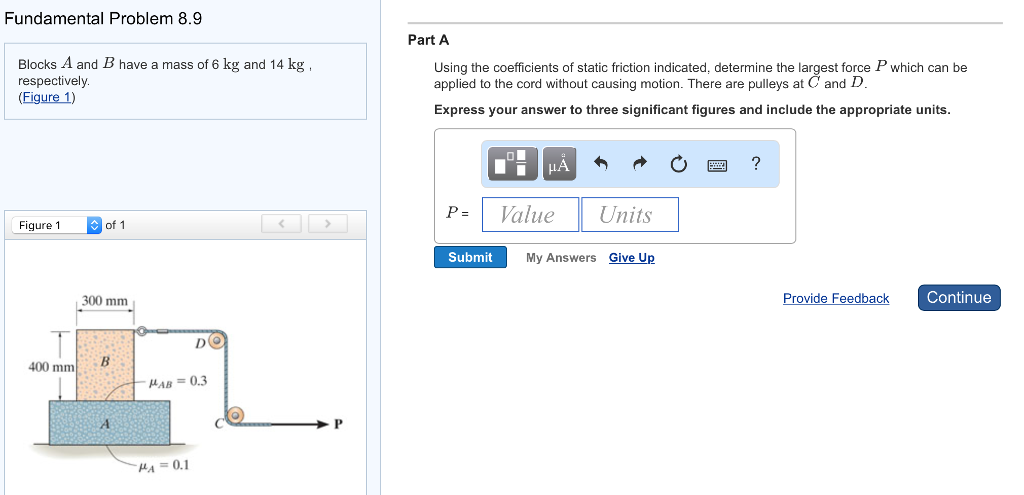138.The blocks shown in figure have equal masses. The surface of A is smooth but that of B has a friction coefficient of 0.1 with the floor. Block A is moving at
138.The blocks shown in figure have equal masses. The surface of A is smooth but that of B has a friction coefficient of 0.1 with the floor. Block A is moving at a speed of 10m/s towards B which is kept at rest. Find the distance travelled by B if(a)the collision is perfectly elastic and(b) the collision is perfectly inelastic
138-The blocks shown in figure have equal masses- The surface of A is smooth but that of B has a friction coefficient of 0-1 with the floor- Block A is moving at a speed of 10m-s towards B which is kept at rest- Find the distance travelled by B if-a-the collision is perfectly elastic and-b- the collision is perfectly inelastic

Two blocks shown in figure have equal masses. The surface of A is

138.The blocks shown in figure have equal masses. The surface of A is smooth but that of B has a friction coefficient of 0.1 with the floor. Block A is moving at

The blocks shown in figure have equal masses. The surface of A is smoo

Solved Fundamental Problem 8.9 Part A Blocks A and B have a

The blocks shown in figure (9-E19) have equal masses. The surface

U N 58. The bloch Teached the floor. The blocks shown in figure (9-E19) have equal masses, the surface of A is smooth but that of B has a friction coefficient of

In the figure shown all the surface are smooth. All the blocks A

U d length x has reached the floor. 8. The blocks shown in figure (9-E19) have equal masses. The surface of A is smooth but that of B has a friction coefficient

Problem F13-6 Dynamics Hibbeler 13th (Chapter 13)

k 58. The blocks shown in figure (9-E19) have equal masses. The surface of A is smooth but that of B has a friction coefficient of 0.10 with the floor. Block A

The blocks shown in the figure have equal masses. The surface of A